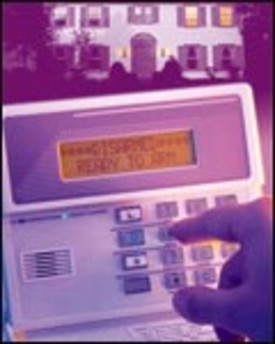Studies continue to confirm that home security is a top priority for most Americans. Keeping the people and possessions in your home safe from all types of harm is at the core of many technological advances today, but common sense and simple measures can still provide the security you need.
If you think that home safety begins and ends with door locks and alarms, think again. Three main concerns drive decisions regarding home security measures: First, to what degree should you protect your home and loved ones from natural and human threats. Second, what kind of budget will you commit to getting the job done? Third, what is a realistic projection of the home security needs in your area?
From Night Lights to Perimeter Security
Start with the notion that the whole interior must work as one unified safety zone, and try to pay attention to the smallest and the largest of concerns. Wayfinding, or movement from one area to another, must be considered carefully. Hallways can be treacherous at night, stairways may pose a threat, and entries and lobbies should provide well-lighted entrance space.
 |
||||
|
||||
On the exterior, lighting provides safety, security and identity to your home. Outside lighting creates safe spaces for nighttime recreation, work, or relaxation, while providing safe entry and a deterrent to intruders. Many people install floodlights and motion detectors that operate on photocells. These sensors activate when the sun goes down, thereby increasing the energy-efficiency of the unit.
Sensors, Timers, Alarms, Alerts
Security in the home exists on several levels and need not require an expensive security system. Flood and tornado alarms will warn you of impending natural disaster; carbon monoxide and smoke or fire alarms do the same for emergencies within the home. Timers can be installed to activate lights at a preset time when you are away. Flashing beacons can be installed to warn those checking on your home that the temperature has dropped too low and the pipes are in danger of freezing.
You can also install sensors that detect your car as you approach the house. They then turn on the porch lights, and open the garage door. Another control can let those inside know that you’re home. There are even sensors that will help you park the car by signaling when you’re too close to the wall or another car.
Again, the degree to which you pursue personal and home safety and security depends largely on your needs, budget, and skill level. While basic safety and security measures are critical for the well being of family members and visitors, a whole host of options exists to bring peace of mind in an insecure world.
Credit: Renovate Your World




























